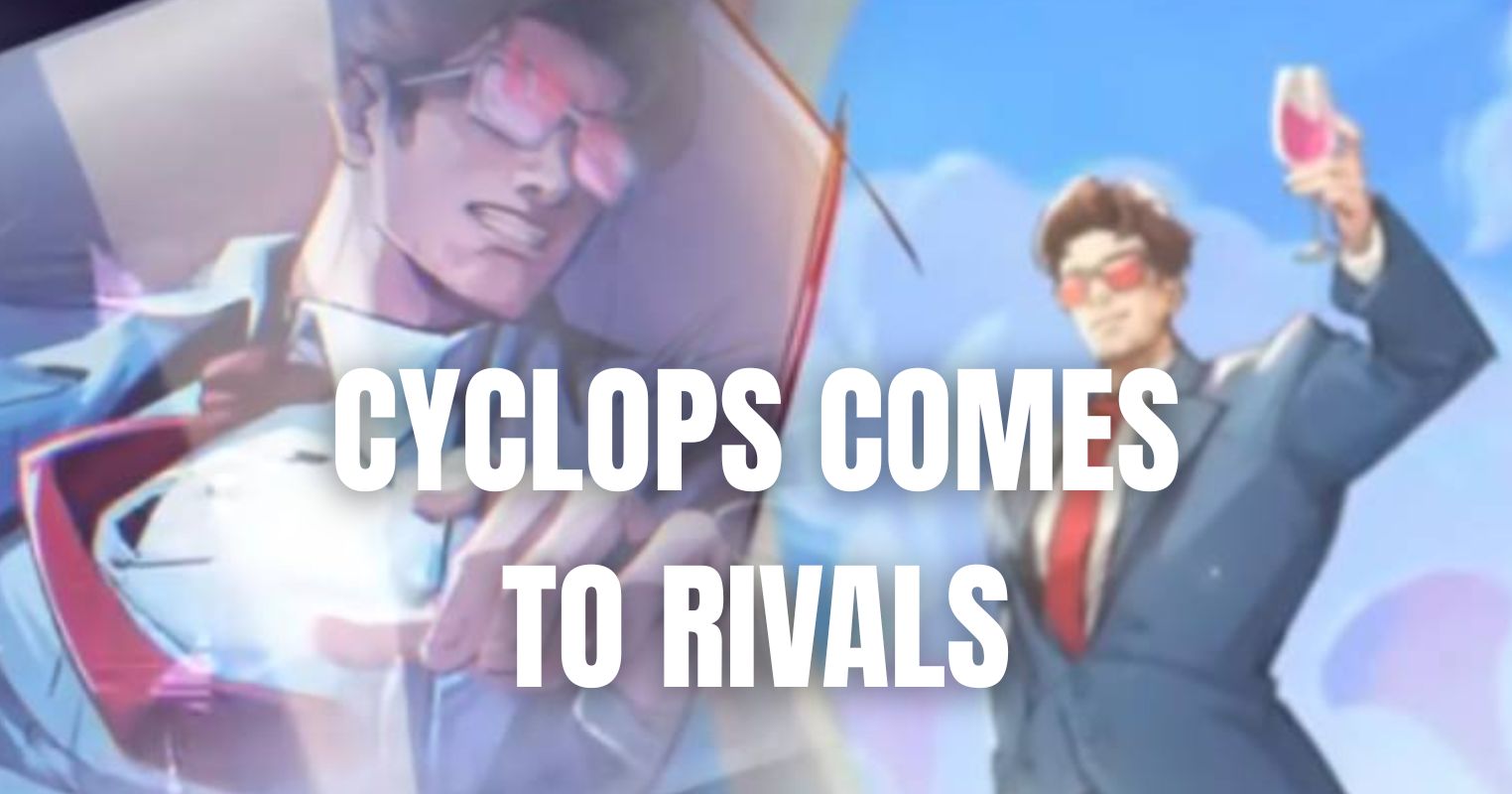- There’s been a big shift over the years in how much AAA titles dominate the gaming market.
- Larger game studios can’t risk experimenting with a game that might not succeed.
- The sheer number of indie games released can overshadow major releases.
For most people who grew up in the 90s or even the early 2000s, they’d remember their favorite games at the time being attached to a big company. Nintendo was on the rise, Street Fighter was making waves all over, and GTA was the greatest thing ever.
Fast-forward to today, and the market’s flooded with indie games that often end up being most people’s game of the year. There are many reasons behind this, and I believe this is a good sign for the industry.
Why Indie Games Weren’t A Thing Back Then
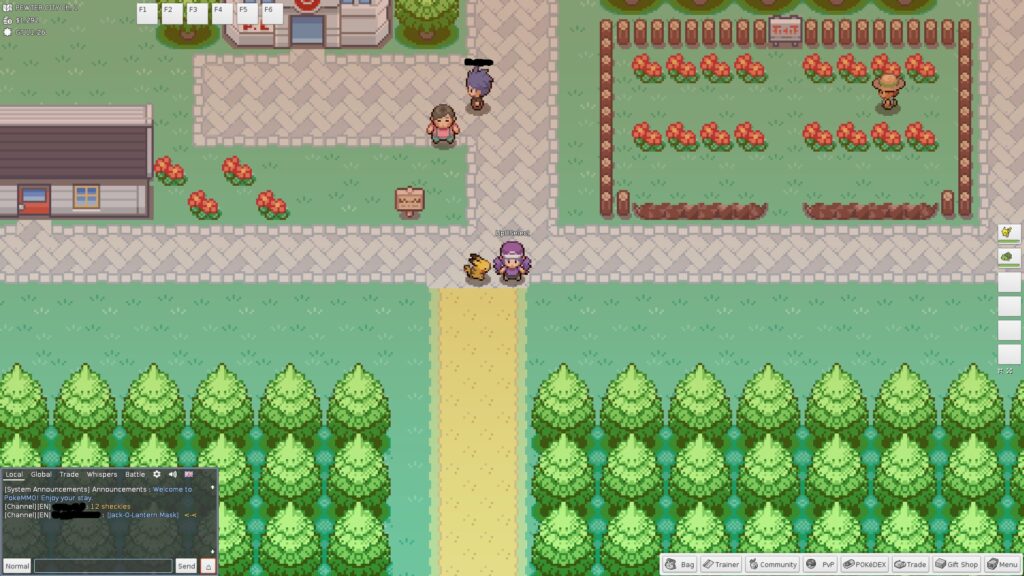
To say indie games weren’t a thing wouldn’t be accurate. However, they didn’t exist in the same manner as they do today, and they certainly weren’t as popular.
This makes sense, since game development had just emerged as a dedicated field. Not everyone had their own personal computer, and even fewer knew anything about how to program.
This let companies like Nintendo, which themselves were quite small at the time, hold a complete monopoly over the market for the next decade or so.
This was up until games like Undertale and Stardew Valley completely changed how people viewed indie projects. This led to the big shift we have today, where titles like Balatro and Silk Song are just as popular as established franchises.
The Risk Factor
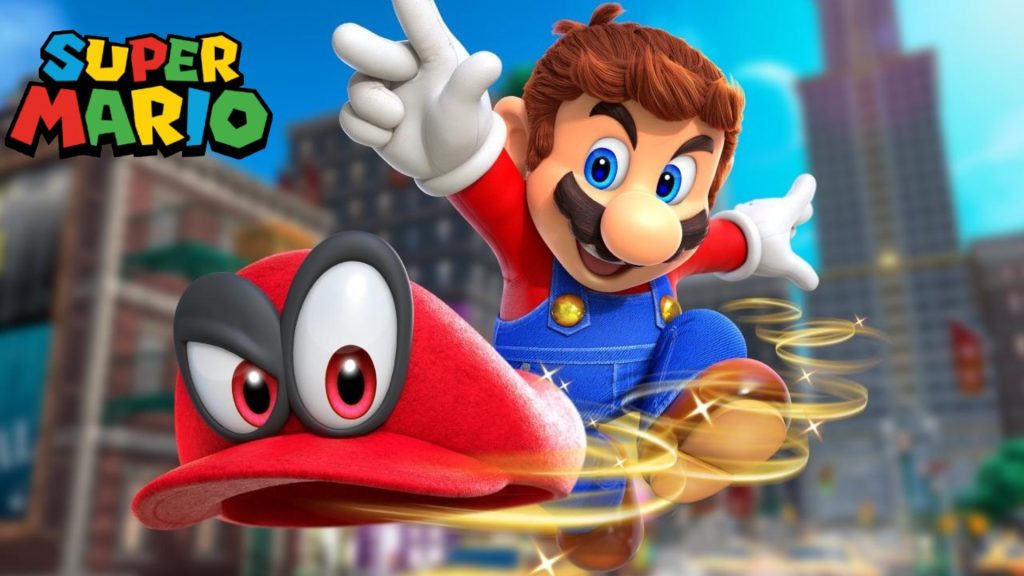
The funds it takes to produce a single entry in a triple-A franchise have grown rapidly over the years. Nowadays, it’s not surprising for a game’s production to take millions of dollars.
If you’re the Director or Lead for a game in a company that has to pay for a team of hundreds of programmers, graphic designers, composers, and advertisers, all while regaining the interest of stakeholders, chances are you’re not in a position to take risks.
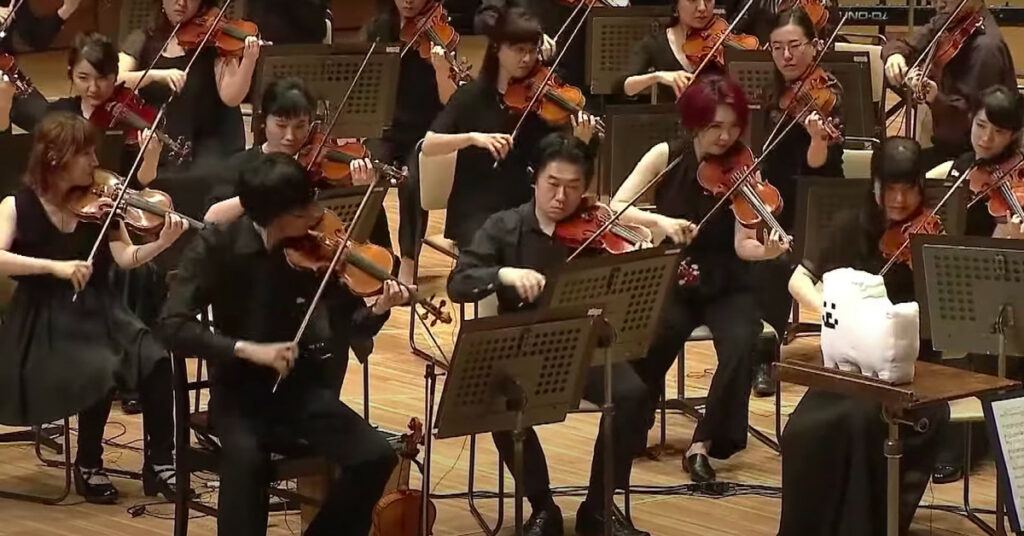
Due to this, the philosophy behind larger-scale games is completely different from what it used to be; passion is secondary to widespread interest. It’s just a lot more profitable to have a million people somewhat like your game than it is to have a thousand who really love it.
This isn’t an issue for most indie developers, which means they can take risks and experiment with new ideas.
Quantity Births Quality
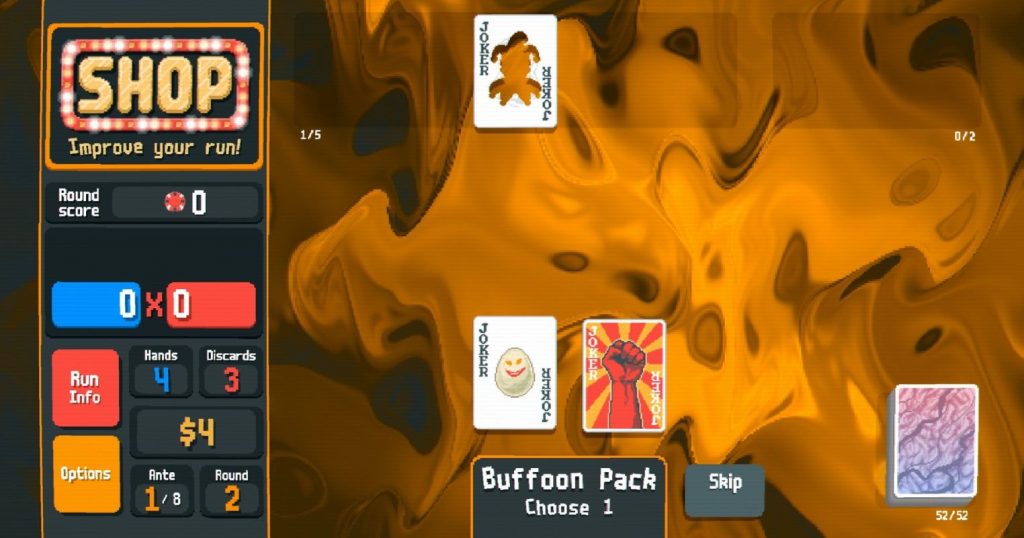
You often hear the phrase “quality over quantity” being repeated. This is why it takes years and an absurd sum of money to produce a single game in any big franchise.
In any given year, there are now at least 10 times more indie games being produced than there are big titles, according to a Statista page. This compares indie Steam releases to those of AAA or AA titles.
While the ratio is already absurd, with indie games counting for 99% of all releases, the actual number is likely much, much higher.
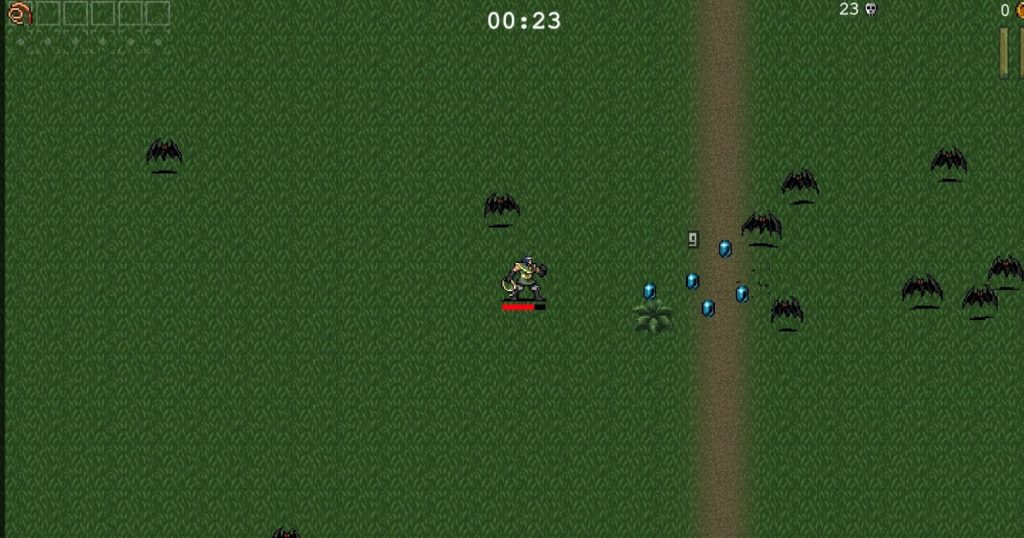
This means that if even 1% of all indie games are successful, it’d be the same as every triple-A title released in a year being a GOTY contender.
The sheer number of games being produced cannot be overcome with funds alone, and so there’s bound to be more indie gems being released than there are worthwhile larger-scale games.
So, Are Bigger Titles Dead?

I don’t think so, and I don’t think they’ll be dying anytime soon either. There are specific genres where indie developers can’t compete, mainly multiplayer games that require large sums of money to keep servers running.
With the most popular games being long-running FPS games like Valorant and Call of Duty, MOBAs like Dota and League of Legends, or recently, third-person shooters like Fortnite and Marvel Rivals, it’s clear the big-hitters are still extremely profitable.

Even for non-multiplayer titles, it’s not that they’re no longer good; Baldur’s Gate 3 and Alan Wake 2 are some of my favorite games from recent years.
There are still just as many good games coming out of bigger studios; the indie scene is just a lot livelier than it was back then.
Silk Song coming out earlier this year further inflates the perception, but all things considered, it’s not that triple-A titles aren’t as good anymore; just that indie games are just as good.
Whatever the future holds seems bright for games, and I’m very excited to see what kind of games come out.
Thank you! Please share your positive feedback. 🔋
How could we improve this post? Please Help us. 😔
Heya, I’m Asad (Irre) Kashif! I’ve been writing about anything and everything since as far back as I can remember. Professionally, I started writing five years ago, working both as a ghostwriter and writing under my own name. As a published author and a council member in Orpheus, my journey in the world of writing has been fulfilling and dynamic.
I still cherish the essays I wrote about my favorite PS2 games, and I’m thrilled to have transformed my passion for game journalism into a career. I’m a theory crafter for Genshin Impact (and now Wuthering Waves) and have a deep love for roguelites and roguelikes. While I prefer indie games for their distinct aesthetic and vibes, I do enjoy triple-A games occasionally. I’ve also been playing League since season 6, and I main Akali! I have a keen interest in discovering and playing more obscure games, as well as researching forgotten titles. Additionally, I am a front-end programmer who dabbles a bit in gamedev occasionally.


 Threads
Threads